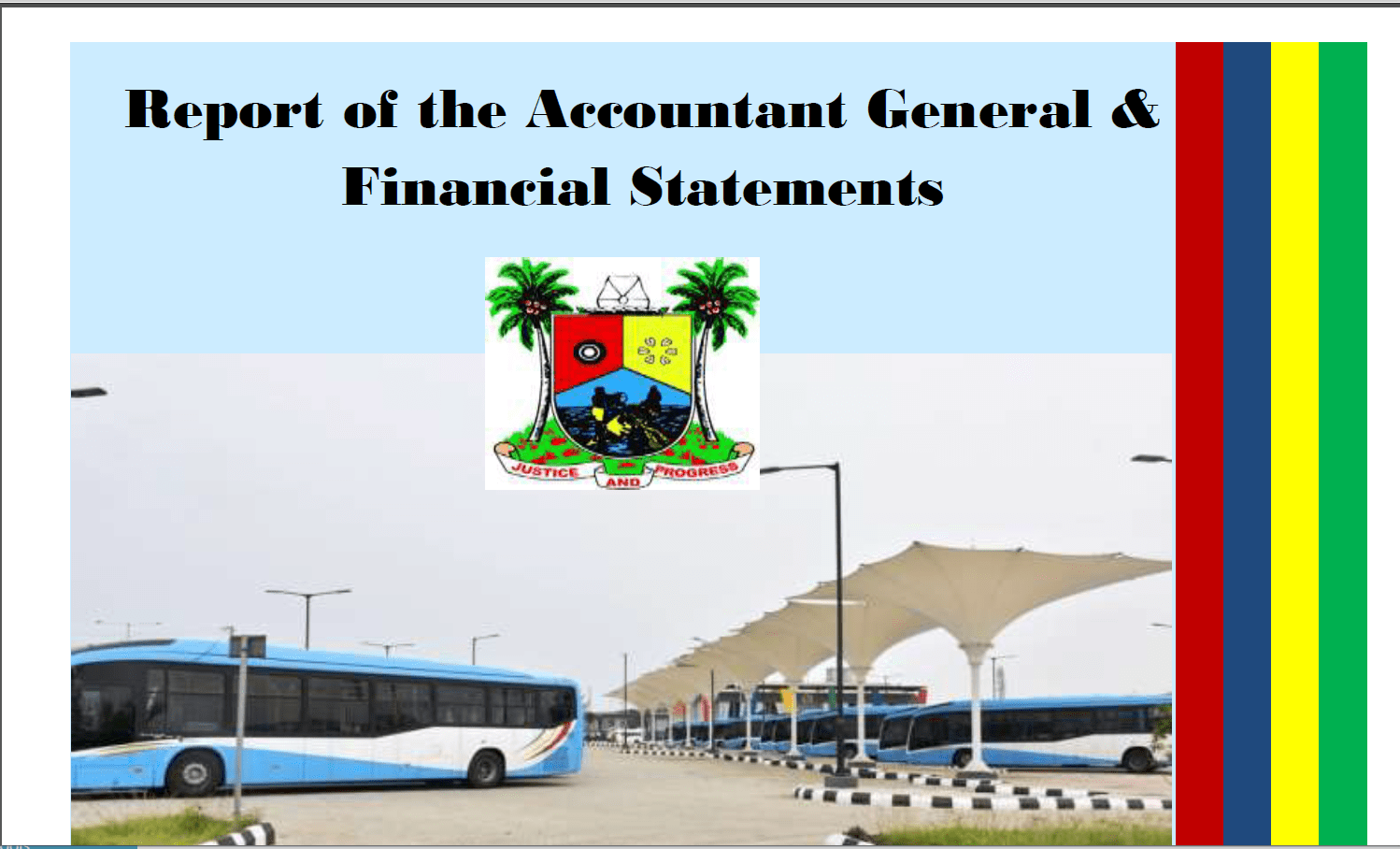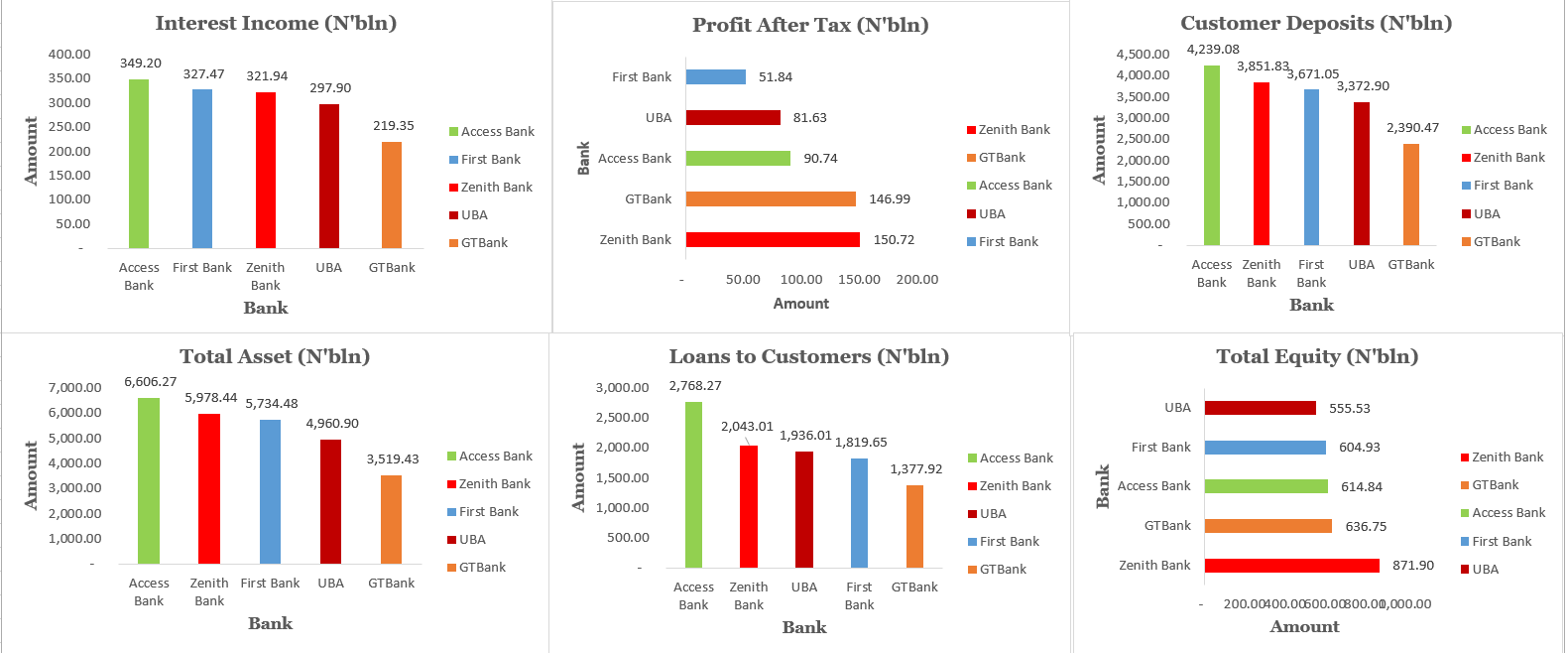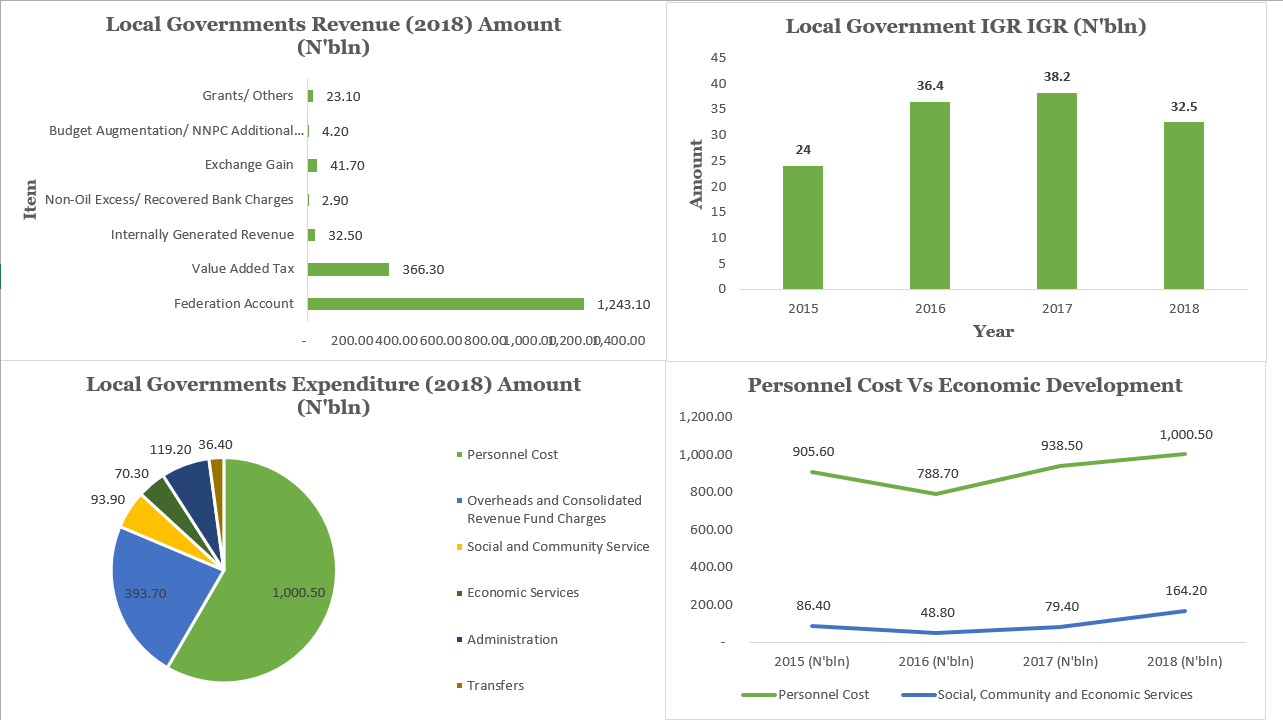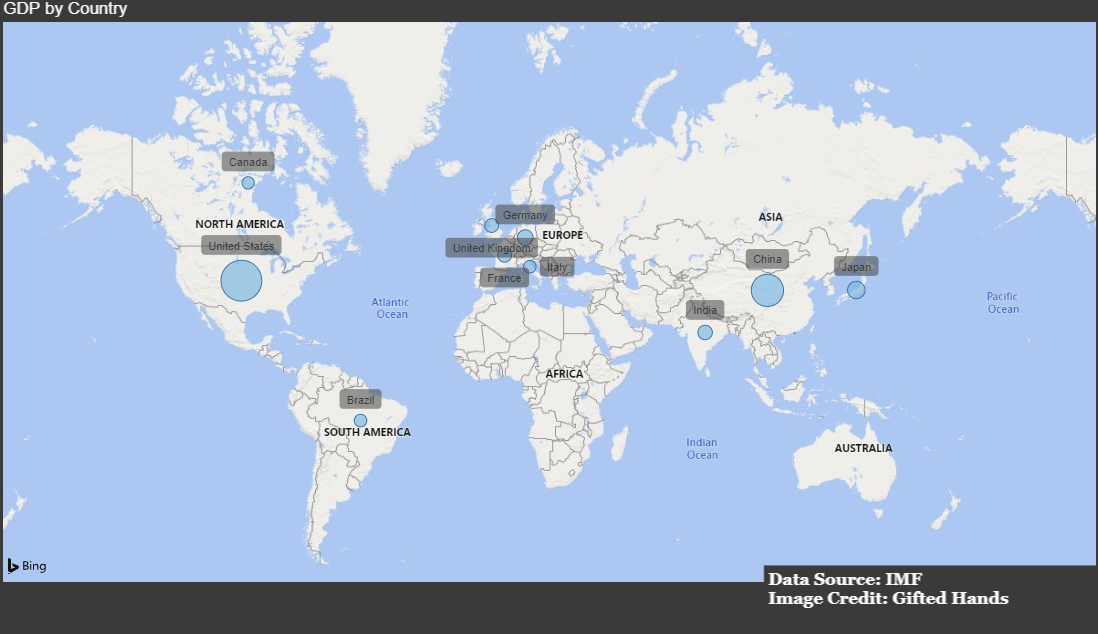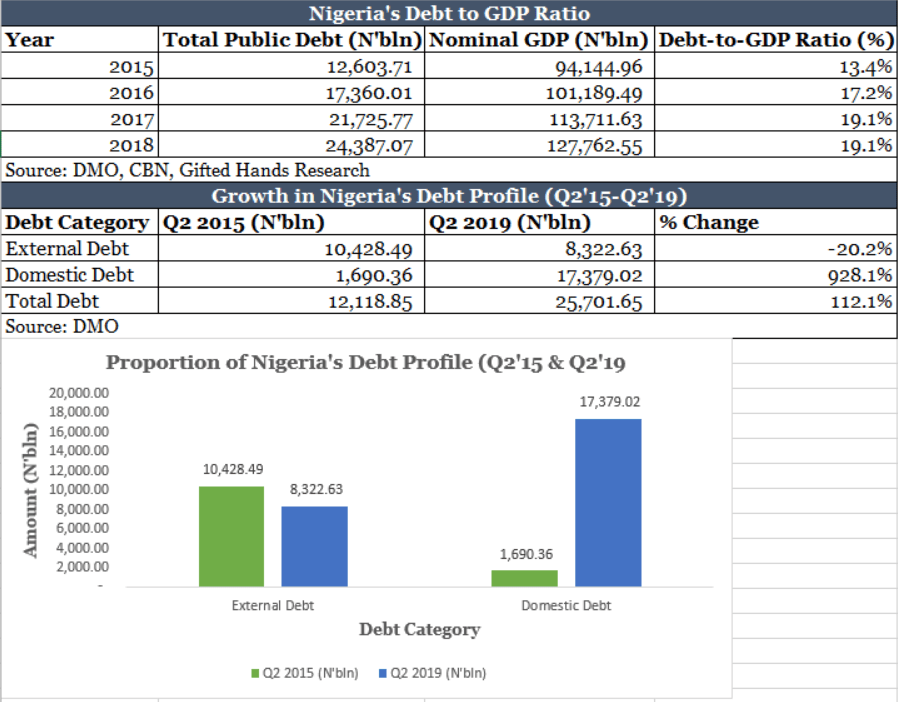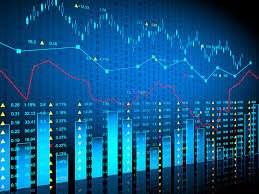Nigeria’s Northern Region Records 49% Financial Inclusion Rate as Opposed to 77% Inclusion Rate in the South
In terms of mobile usage, the EFInA report of 2018 shows that 3.08 million (representing 3.1% of the adult population) have both mobile money and bank account while 0.3% adults have only mobile money account. Also, 82% of the adult population receive their income in cash while 10% receive their income into bank accounts or mobile money. This research aims to look into the financial inclusion statistics of Nigeria between 2008 and 2018 with much focus on 2018.

